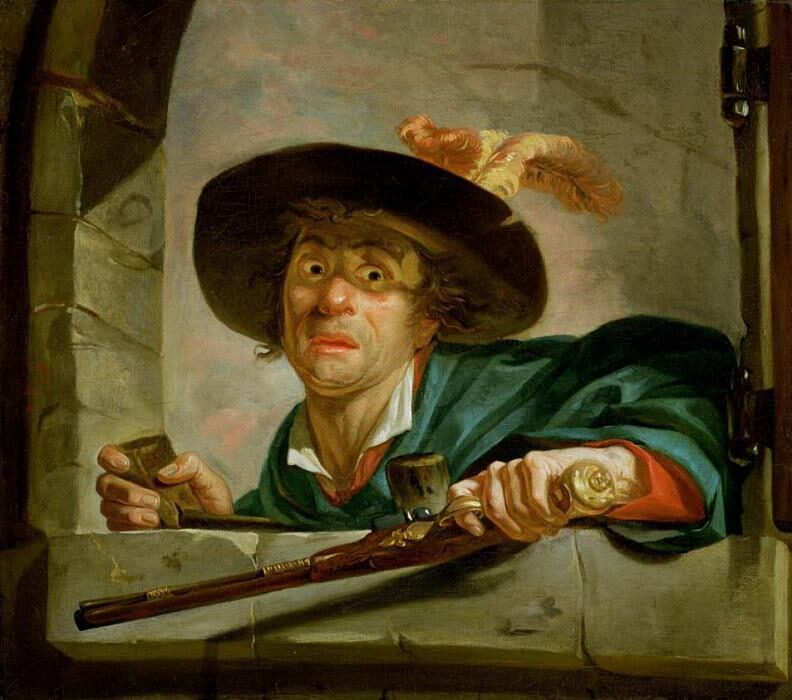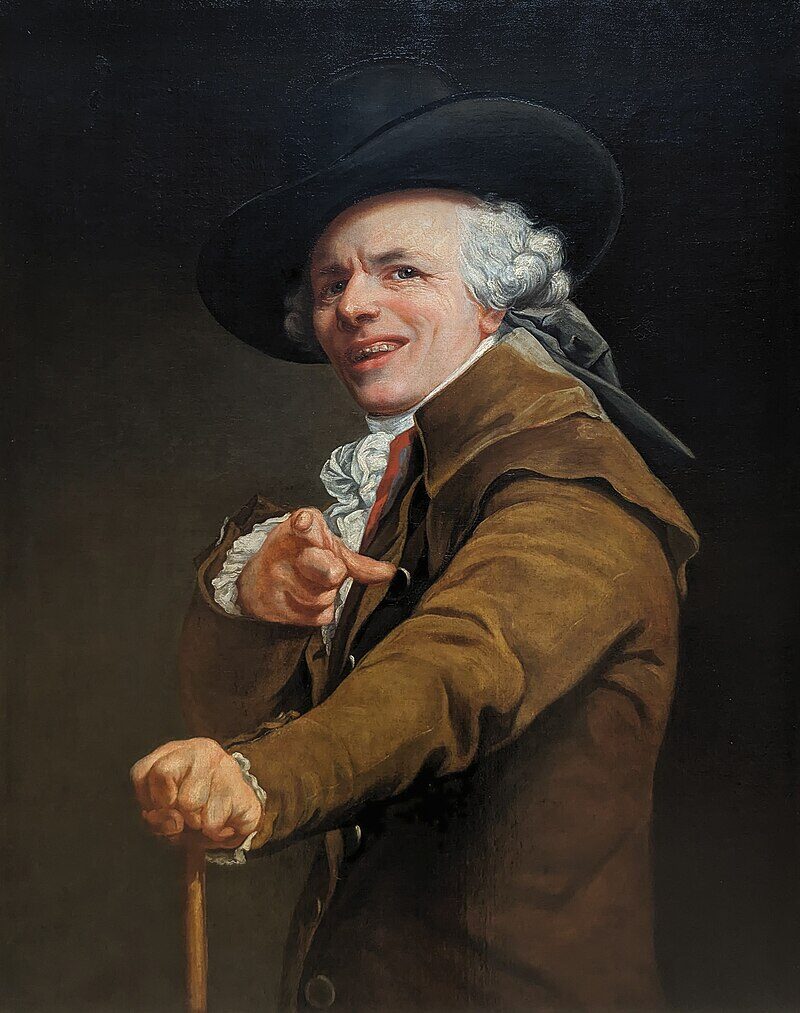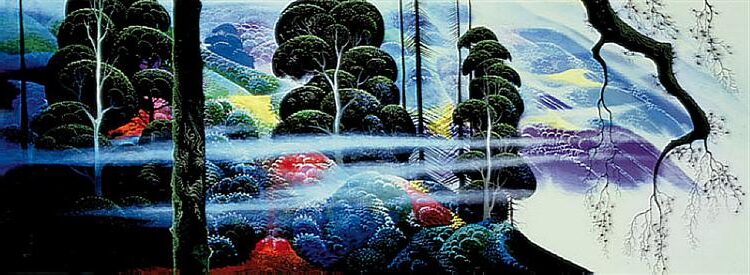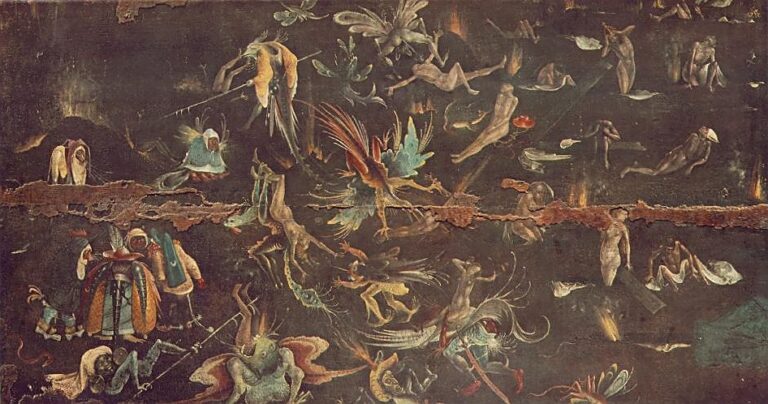Joseph Ducreux Paintings: Exploring His Unique Artistic Legacy
Born: June 26, 1735; Nancy, France
Death: July 24, 1802; near Saint-Denis, France
Art Movement: Rococo
Nationality: French
Influenced By: Jean-Baptiste Greuze and Maurice Quentin de La Tour
Institution: The Royal Academy of Arts
Joseph Ducreux Paintings: Exploring His Unique Artistic Legacy
Joseph Ducreux Biography
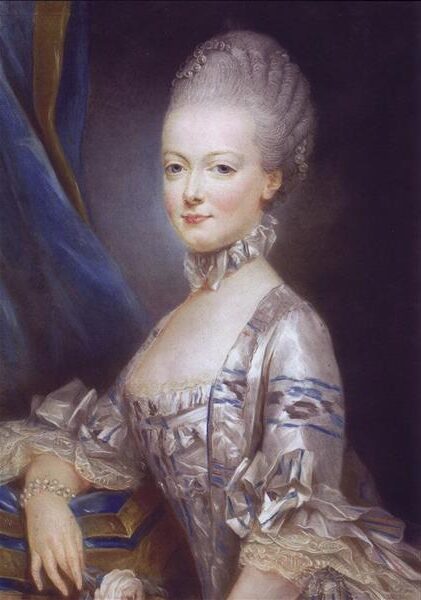
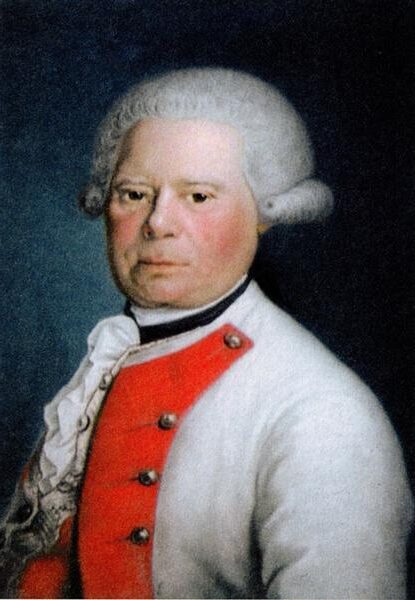
Joseph Ducreux was born on June 26, 1735, in Nancy, France. He was a talented portrait painter renowned for his unique and expressive style.
Ducreux moved to Paris in 1760, where he expanded his skills under the guidance of Maurice-Quentin de La Tour, a well-known pastelist. He also drew inspiration from Jean-Baptiste Greuze’s oil techniques.
In the late 18th century, Ducreux became a prominent figure at the court of Louis XVI and Marie Antoinette. His skill in portraiture earned him the title of premier peintre de la reine, or First Painter to the Queen.
The French Revolution interrupted his career, but he successfully resumed his work afterward. Ducreux was known for depicting not just the outward appearance of his subjects but also their personalities, an approach that set him apart from other painters of the Ancien Régime.
Despite the political upheaval, his art remained popular, blending both satire and humor. Joseph Ducreux passed away on July 24, 1802, leaving behind a legacy that continues to influence and inspire.
Artistic Style and Contributions
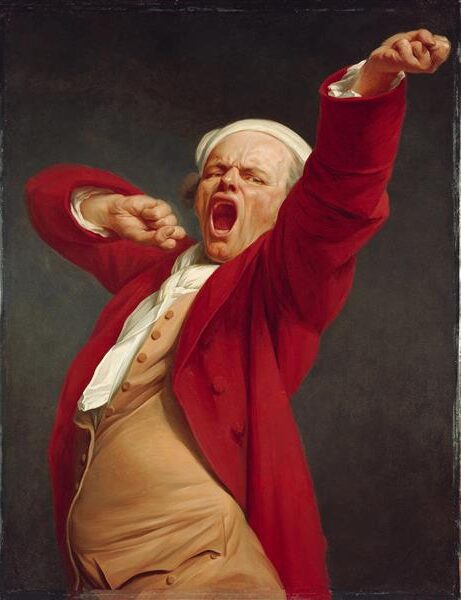
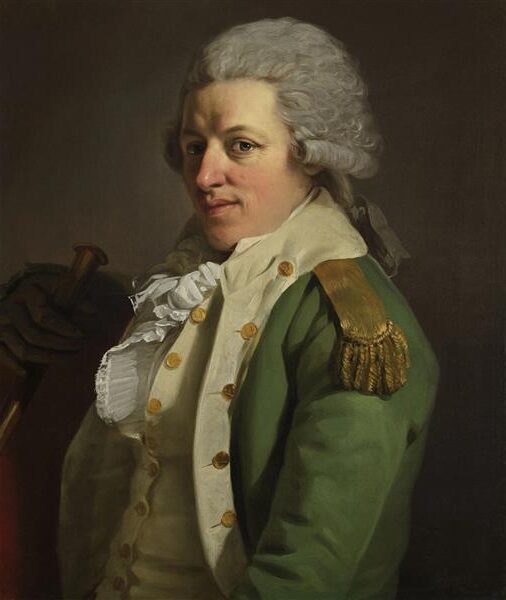
Joseph Ducreux was a notable figure in 18th-century art, known for his unique approach to portraiture. He skillfully combined traditional styles with new techniques, creating pieces that captured both the personalities and the societal context of his subjects.
Portraiture and Physiognomy
Ducreux’s work in portraiture is marked by his focus on facial expressions and the underlying emotions they convey. He was highly influenced by the study of physiognomy, attempting to reveal character traits through the depiction of the face.
His portraits often featured exaggerated expressions and gestures. This approach set him apart from his contemporaries and added a playful element to his paintings.
Maurice Quentin de La Tour and Jean-Baptiste Greuze were among those whose works might have influenced Ducreux. He managed to add personal flair to his portraits while staying within the boundaries of acceptable art of his time. His commitment to capturing true emotions made his portraits timeless and memorable.
Rococo Influence and Evolution
Born during a period when the Rococo style was flourishing, Ducreux’s early work shows the influence of this movement. The Rococo art of Jean-Antoine Watteau, Francois Boucher, and Jean-Honore Fragonard left a mark on him. This style is characterized by its use of light colors, playful themes, and elegant lines.
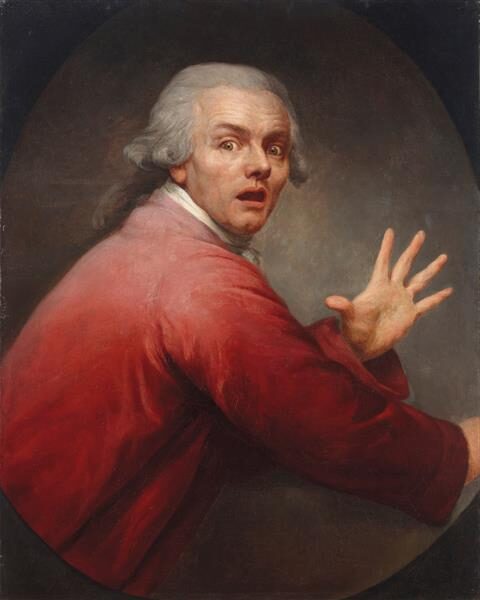

As Ducreux’s career progressed, his style evolved. During and after the French Revolution, he moved towards a more realistic approach. This shift can also be seen as a response to the changing tastes of the art community led by figures such as Jacques-Louis David. Ducreux’s ability to adapt ensured his success across different periods.
Notable Works
Joseph Ducreux’s paintings are remarkable for their unique blend of traditional portrait techniques and expressive self-presentation. Two standout pieces exemplify his distinctive style: “Self-Portrait of the Artist in the Guise of a Mocker” and “The Surprise and The Yawning Man.”
Self-Portrait of the Artist in the Guise of a Mocker
This painting captures Ducreux’s playful approach to self-portraiture, setting him apart from his contemporaries. Created in an era when formal portraits were the norm, this piece is celebrated for its humor and rebellious spirit.
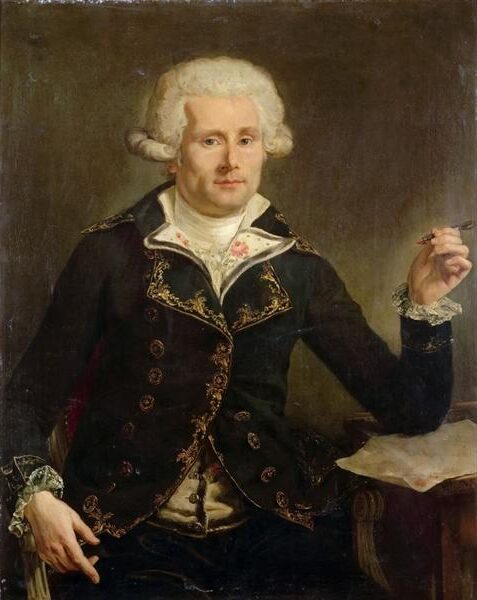
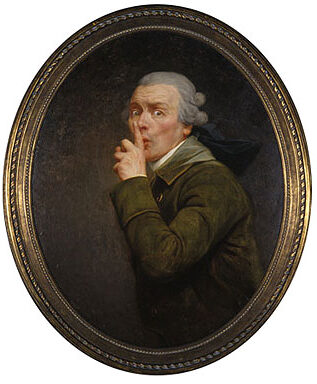
Ducreux portrays himself with a mischievous grin and gestures as if mocking the viewer. This approach to art was daring and gave insight into his personality.
The painting is part of the collection at the Louvre, underscoring its significance in art history. Available to view on platforms like Wikimedia Commons, it continues to intrigue and amuse audiences. It serves as a vivid example of how portrait painting can convey emotion and character.
The Surprise and The Yawning Man
“The Surprise and The Yawning Man” is another of Ducreux’s notable pieces, capturing a wide range of human expressions. This work is well-regarded for bringing a casual realism to the traditionally formal genre. Ducreux’s choice to depict himself yawning was groundbreaking.
This painting is housed at the Getty Center and invites viewers to appreciate the skill needed to capture such an everyday moment with detail. It challenges conventions by focusing on candidness and simplicity. Visitors can explore this work to see how Ducreux brought a dynamic approach to portrait painting.
Legacy and Influence
Joseph Ducreux was a talented artist known for his unique style and ability to capture expressions. He served as a portrait painter for notable figures like Marie-Antoinette and Maria Theresa of Austria. His work displayed a distinctive flair, which was appreciated in his time and continues to resonate today.

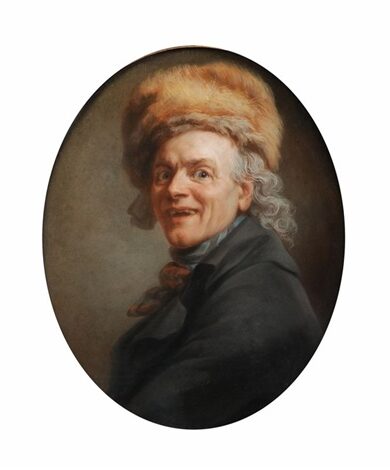
His daughter, Rose-Adélaïde Ducreux, was also an accomplished artist, influenced by her father’s artistic techniques. Ducreux’s paintings are characterized by their expressive qualities, both in technique and emotion. This influence can be seen in several art institutions across the world.
Ducreux’s art found an unexpected resurgence in the 21st century through their adaptation into internet memes. His self-portraits, with their dramatic and humorous expressions, connected with modern audiences and were used in online culture, such as the Archaic Rap meme, which humorously juxtaposed his classical portrait style with modern rap lyrics.
The famous Notorious B.I.G. lyrics, when paired with Ducreux’s expressive portraits, exemplified how his art transcended traditional boundaries, merging classical and contemporary cultural expressions.
Modern platforms like art museums and galleries worldwide now showcase his work. Institutions like the Royal Academy display his portraits, celebrating his lifetime achievements and lasting impact on both historical and contemporary art landscapes.
Frequently Asked Questions
Joseph Ducreux is known for his unique and expressive portraits that break away from traditional styles of his time. His works are noted for their humor and unconventional approach, drawing influence from various artists and gaining significance in art history.
Which art institutions feature Joseph Ducreux’s works?
Joseph Ducreux’s paintings can be found in several prestigious art institutions. Notable collections include those in the Louvre Museum in Paris and the National Gallery in London. These institutions showcase his detailed and expressive portraits.
How did the art community receive Joseph Ducreux’s paintings during his time?
During his career, Joseph Ducreux was well-regarded for his portraiture skills. He was appointed as the First Painter to the Queen, highlighting his acceptance and acclaim at the French court. His work remained influential even through the French Revolution.
What are the distinctive characteristics of Joseph Ducreux’s artistic style?
Ducreux is celebrated for his vivid and humorous portraits. His unusual self-portraits often feature exaggerated expressions. He specialized in pastels and oils, creating a bold blend of realism with expressive elements uncommon in formal portraiture of the era.
Can one purchase original Joseph Ducreux paintings, and if so, where?
Original paintings by Joseph Ducreux appear on the art market occasionally. They may be available through high-end auction houses like Sotheby’s or Christie’s. Interested buyers should monitor these auctions for opportunities to acquire his work.
What are the known influences on Joseph Ducreux’s portrait work?
Joseph Ducreux’s portrait style was influenced by the Rococo movement and the techniques of his predecessors, such as Maurice Quentin de La Tour. His work reflects a mix of traditional and innovative approaches characteristic of the period.
In what ways has Joseph Ducreux’s art been significant in art history?
His art has been significant for its departure from strict formalism. Ducreux’s expressive portraits added new dimensions to the genre. His works continue to influence art due to their originality. They have even crossed over into modern internet culture as popular memes.

